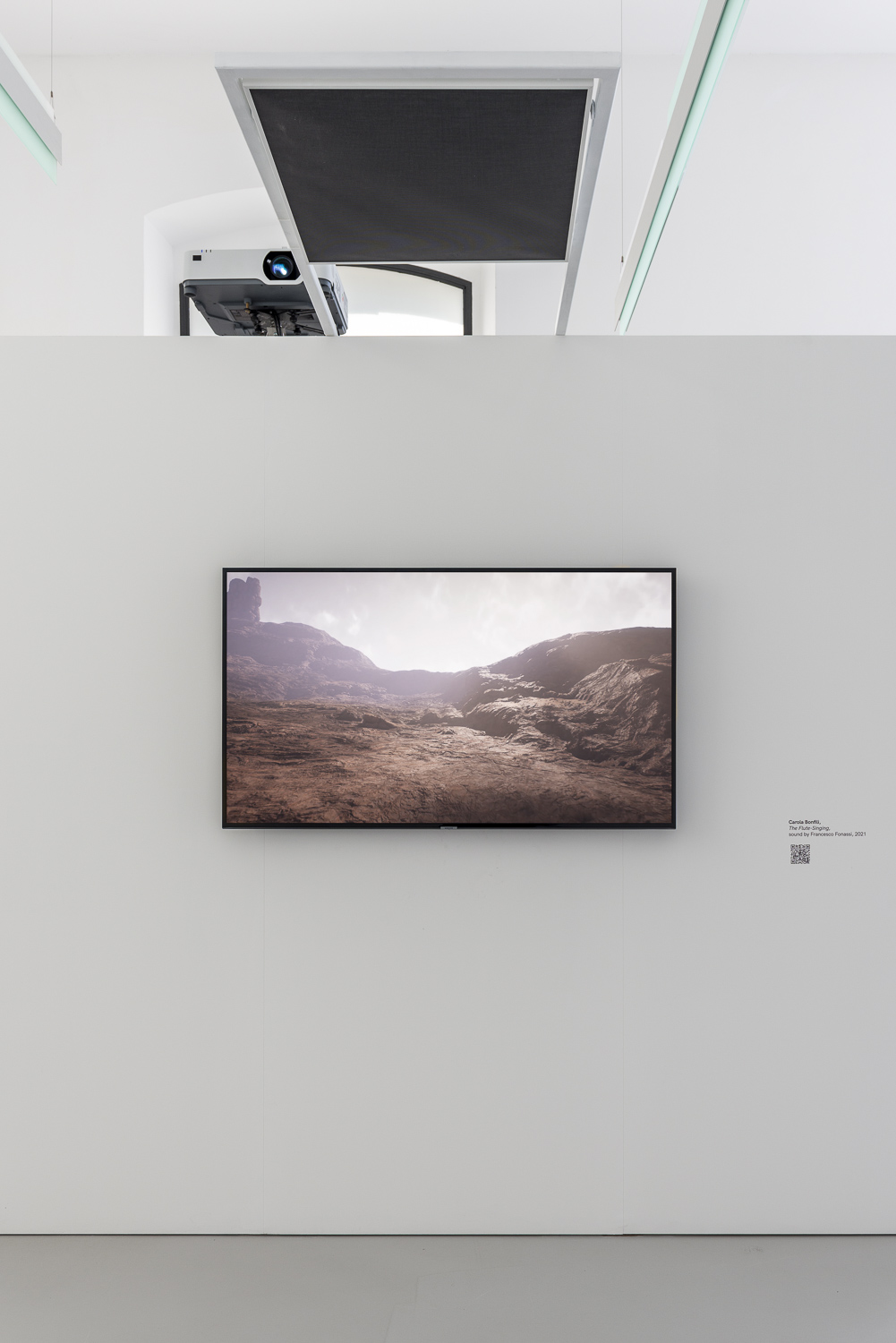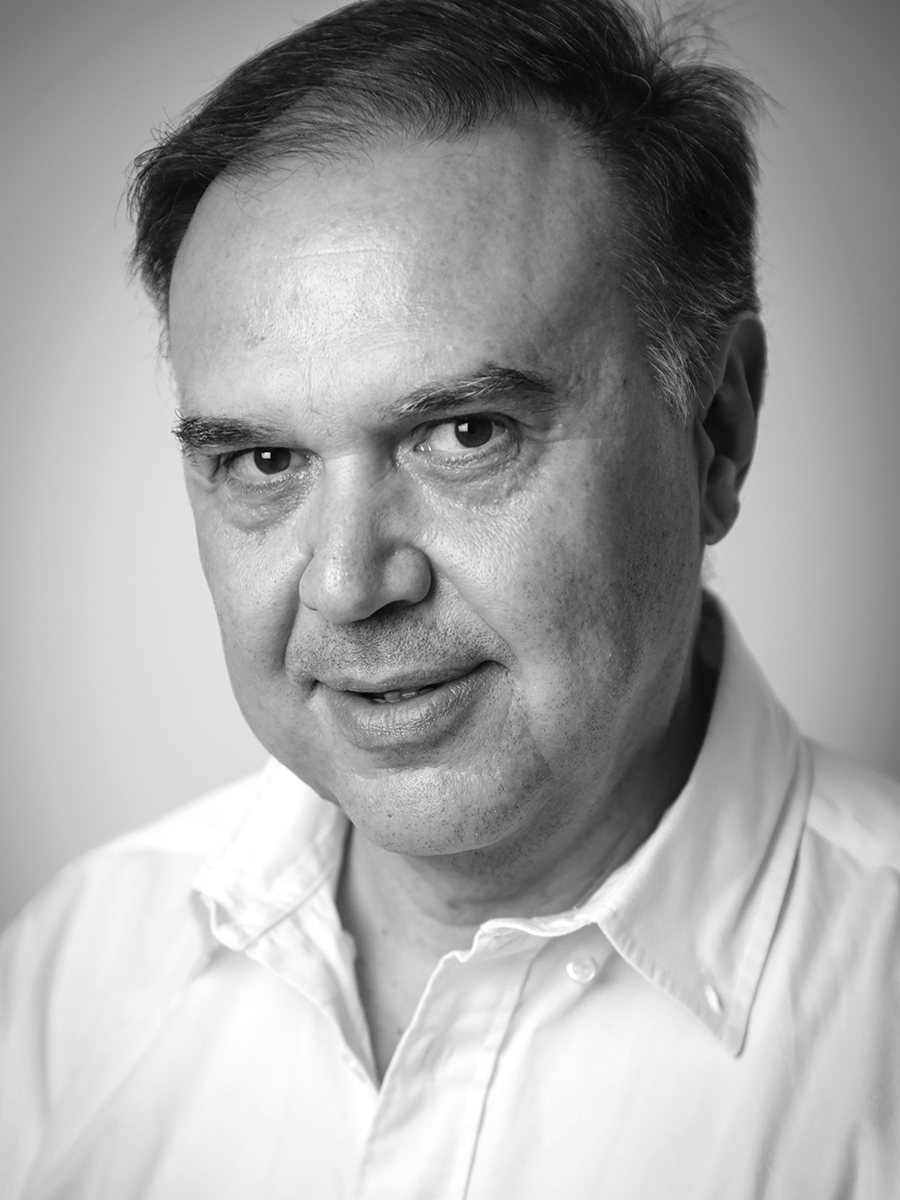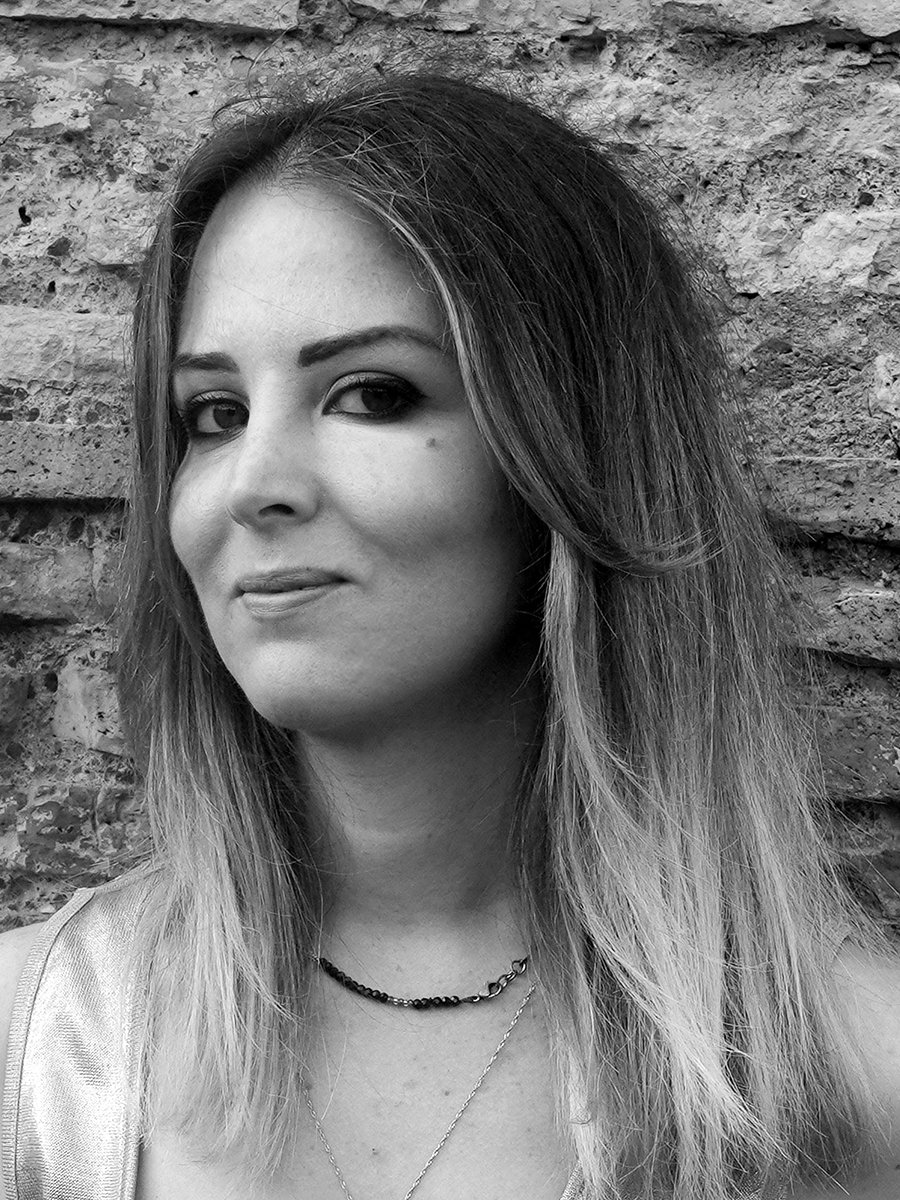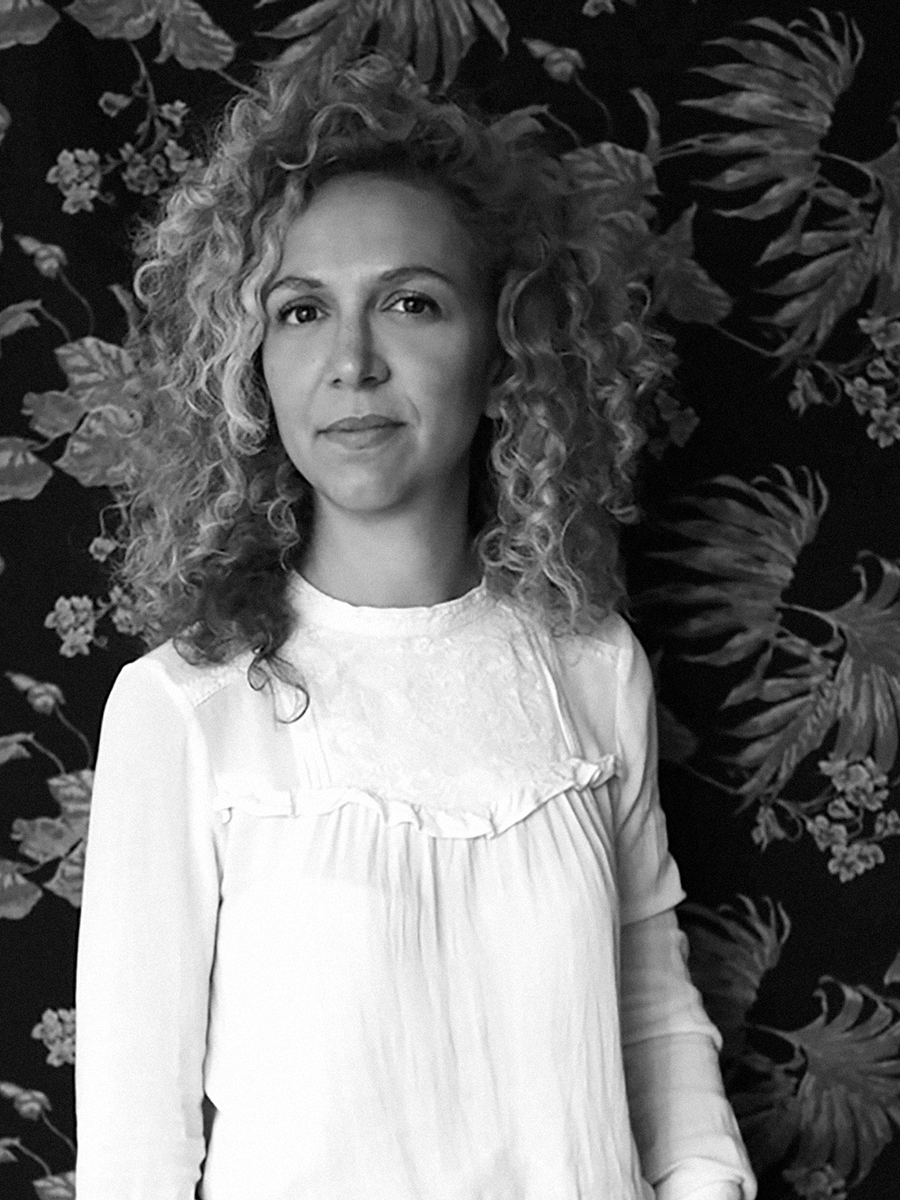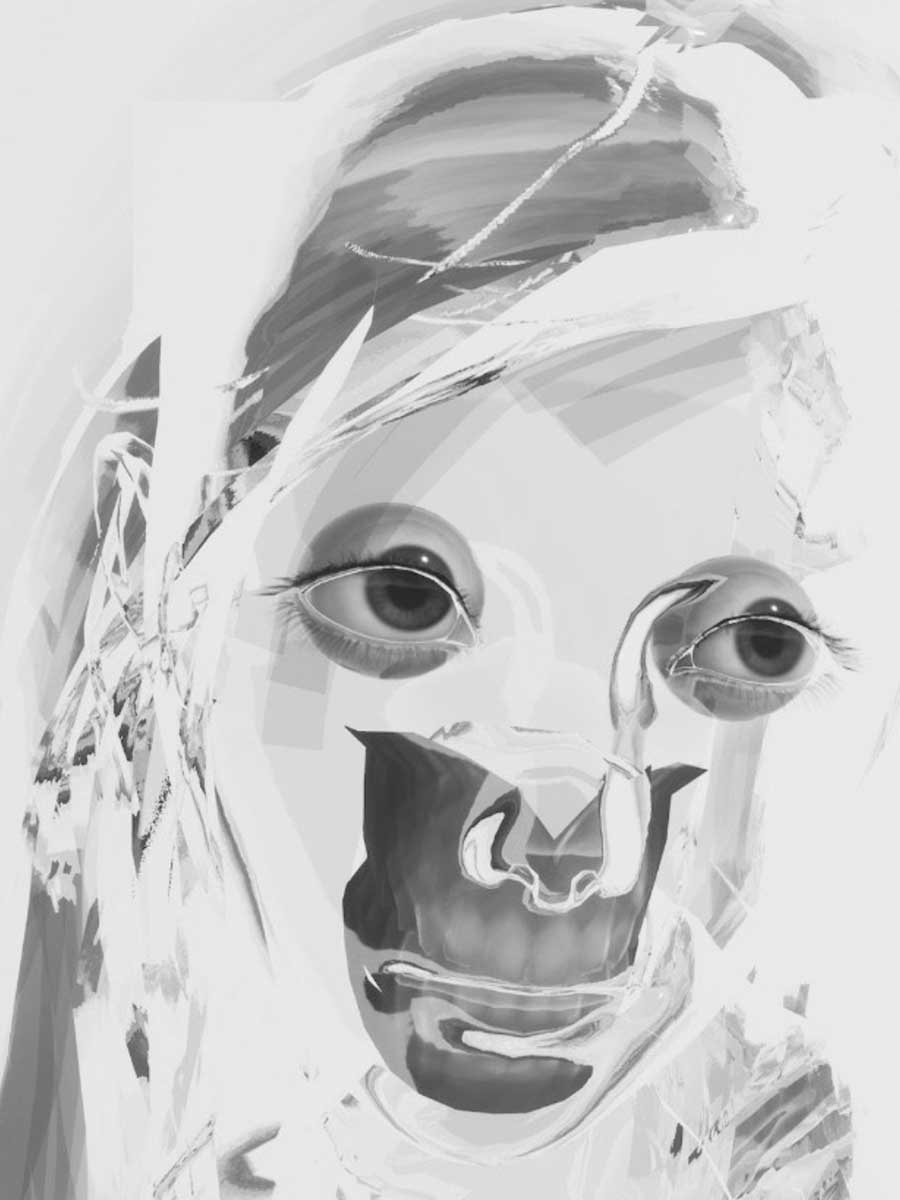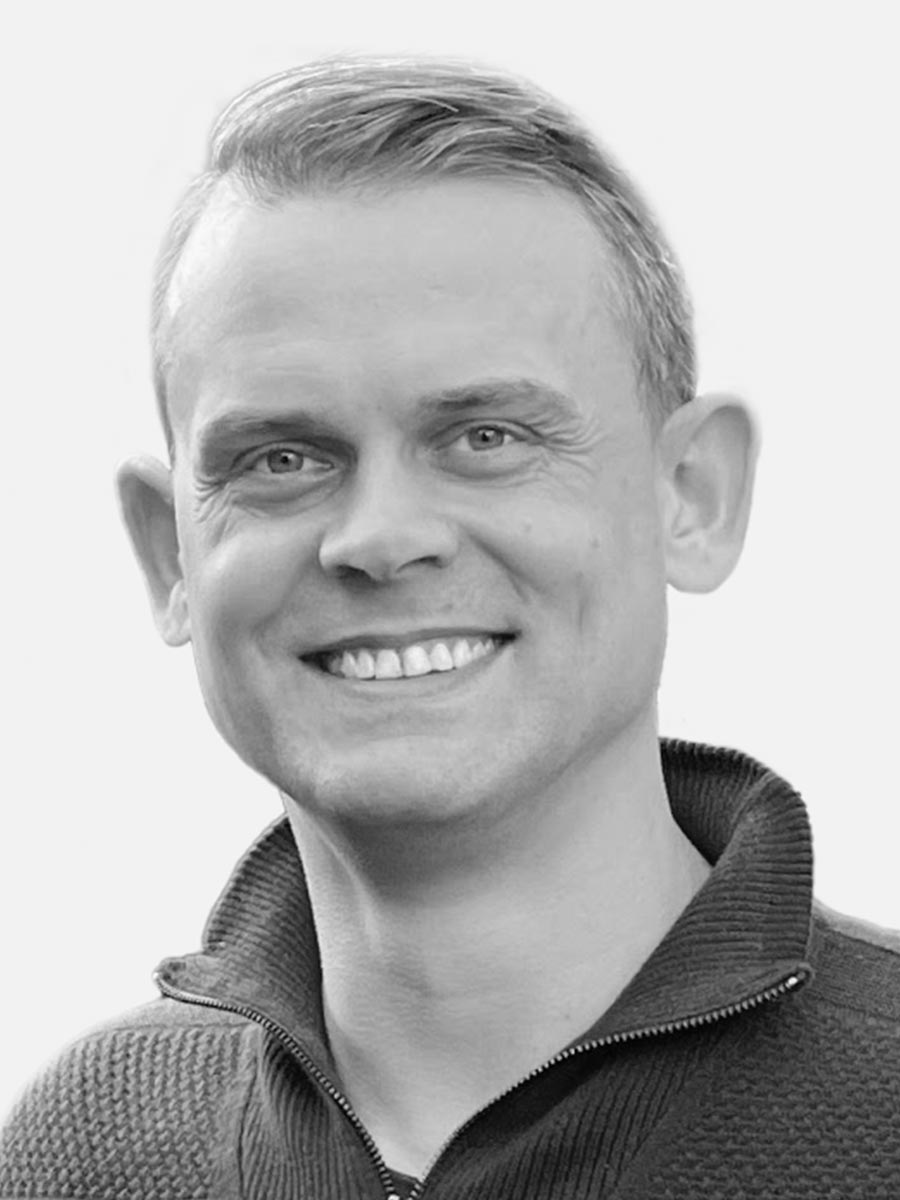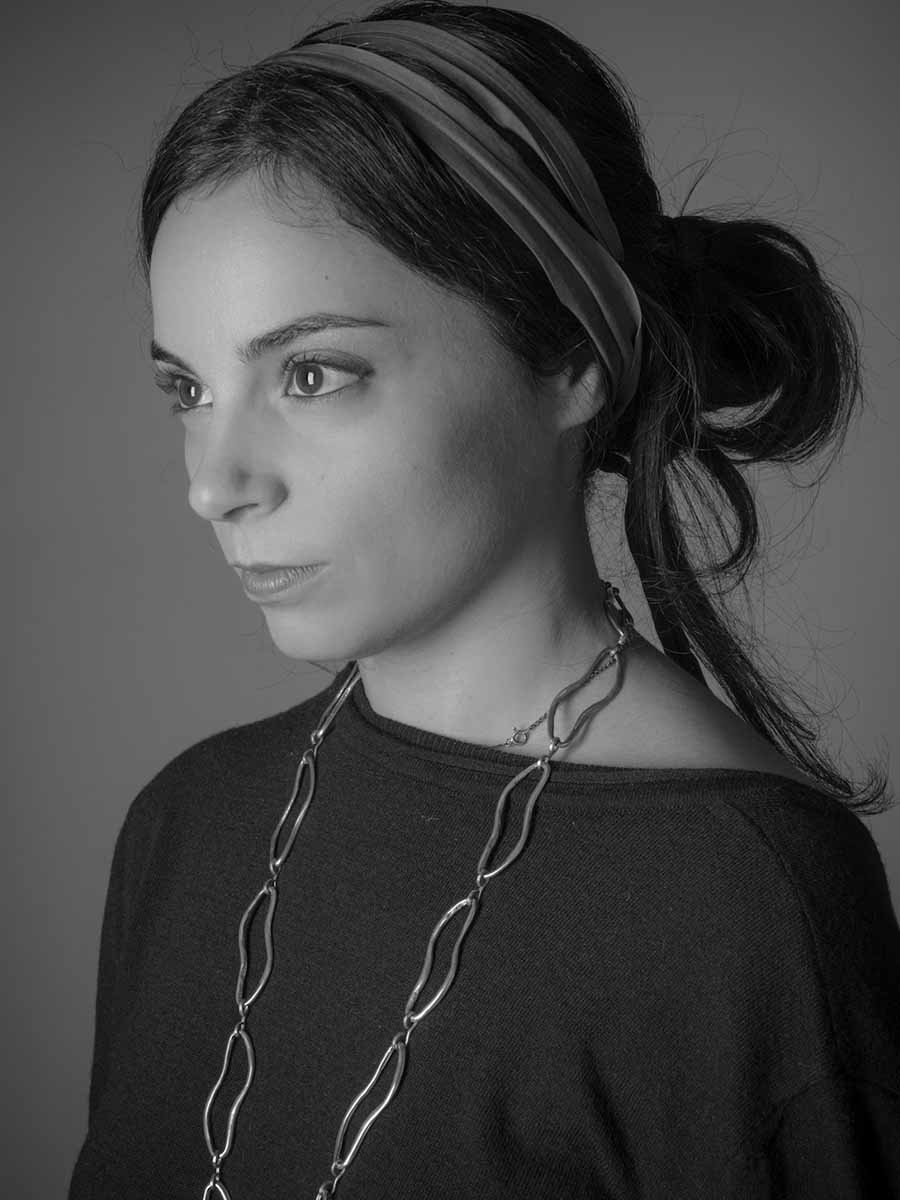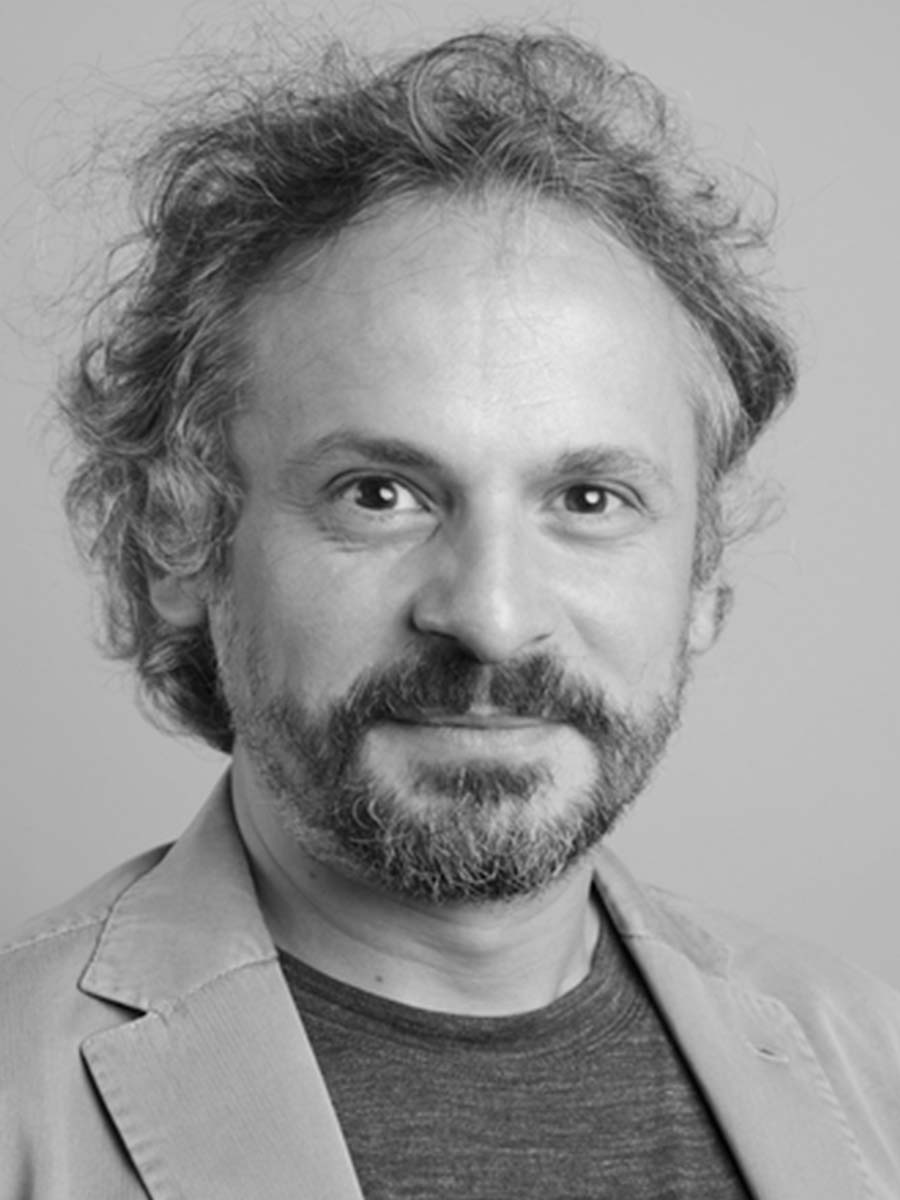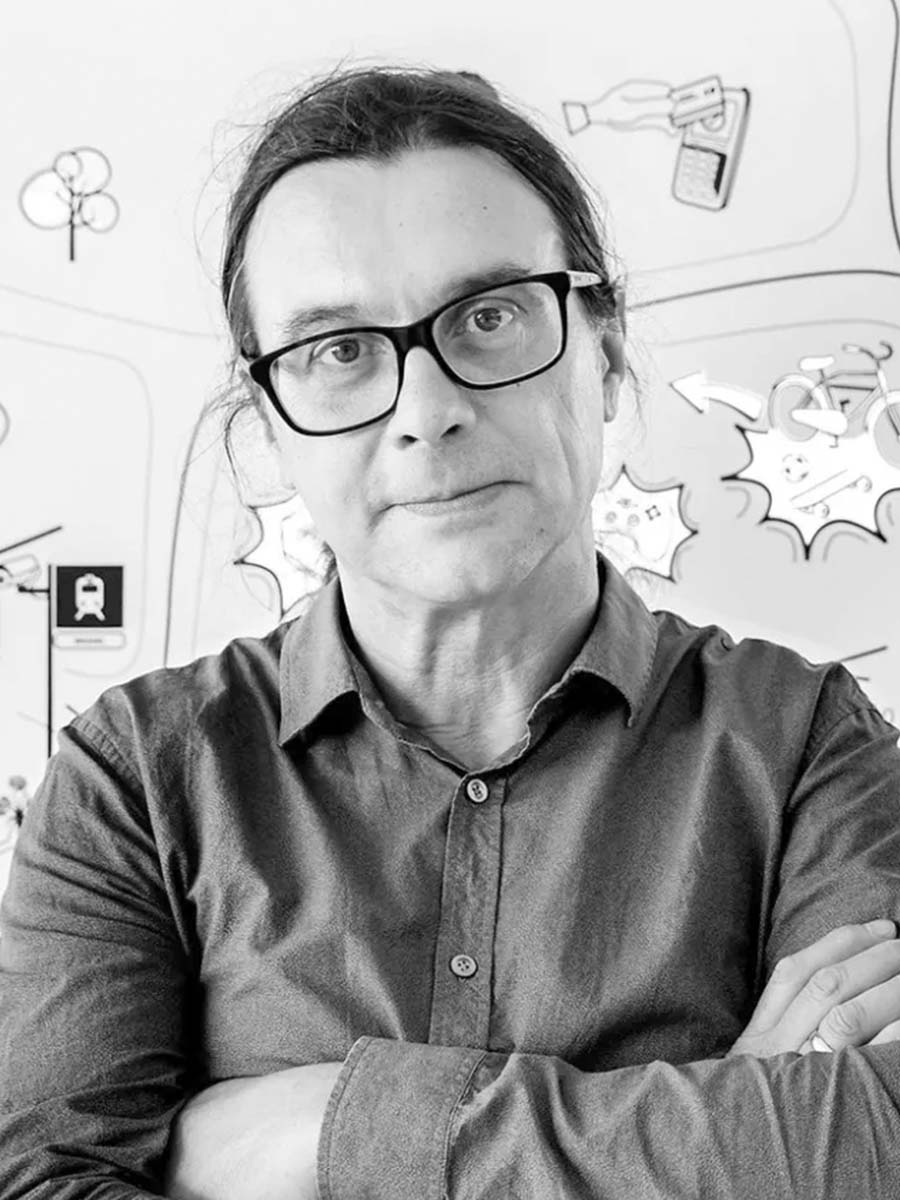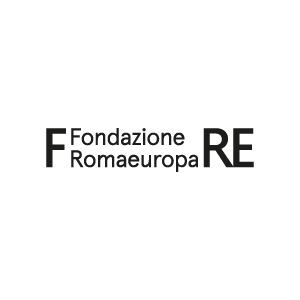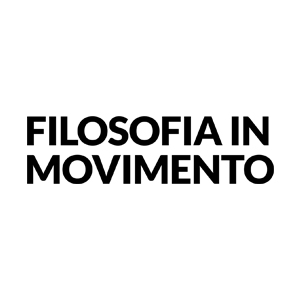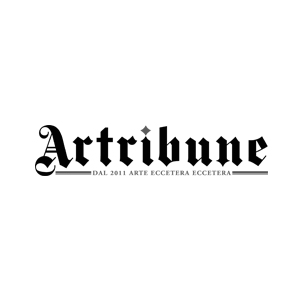Curated by Daniela Cotimbo
Powered by Alan Advantage
Re:Humanism 2 – Re:define the Boundaries is the final exhibition of Re:Humanism Art Prize, the first Italian art prize dedicated to the convergence between contemporary art and Artificial Intelligence. At its second edition, the art prize was born out of the need to investigate the political, social, and aesthetic implications of AI algorithms and provide a perspective about the future of these technologies.
The transformation of the concepts of body and identity in the age of artificial intelligence and the consequent political implications, the new modes of production, the changes brought by robotics and machine learning, the definition of an anthropological approach to AI and the visions on the future of our Planet are all key topics of this edition. Topics the artists interpreted following different paths.
In the first place, we find the Entangled Others, who exploited the many opportunities given by artificial intelligence to imagine new forms of relationships, starting from the analysis of the mechanisms regulating coexistence in barrier reefs. In second place, Irene Fenara metaphorically reinterprets the phenomenon of tiger extinction and our necessity to preserve a digital memory.
In third place, instead, Yuguang Zhang wonders about the relation that binds us all to the objects we all use daily and the subtle boundary between human and non-human.
Among the other finalists: Johanna Bruckner reflects on the instability of gender categories and the collective Umanesimo Artificiale turned DNA mutations into sound, while the duo formed by Elizabeth Christoforetti & Romy El Sayah puts forward a new approach to urban planning. Mariagrazia Pontorno and Egor Kraft linked ancient techniques and contemporary technologies, while Numero Cromatico raises the question of the future of human artists in the world of AI. Carola Bonfili explores a virtual world populated with her creatures, experimenting with the disturbance given by the detachment of one’s otherness and consciousness.
Besides the ten finalists, the prize also saw the participation of Francesco Luzzana, winner of Romaeuropa Digitalive Prize which will take place during the famous Roman festival in the fall of 2021.
The exhibition will also see a program of online talks with artificial intelligence experts, the artists and professionals of the world of contemporary art and culture.




























